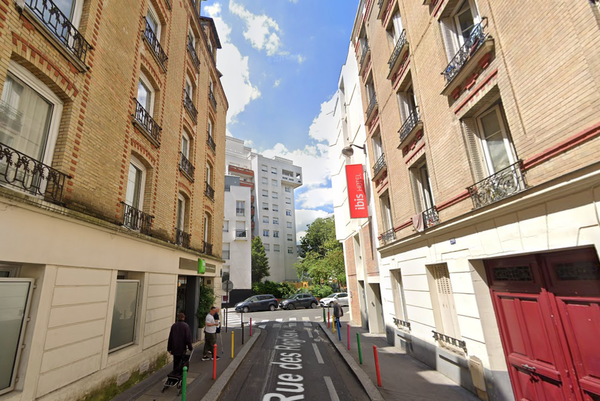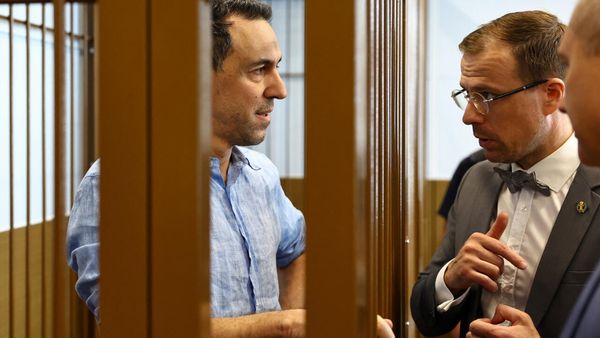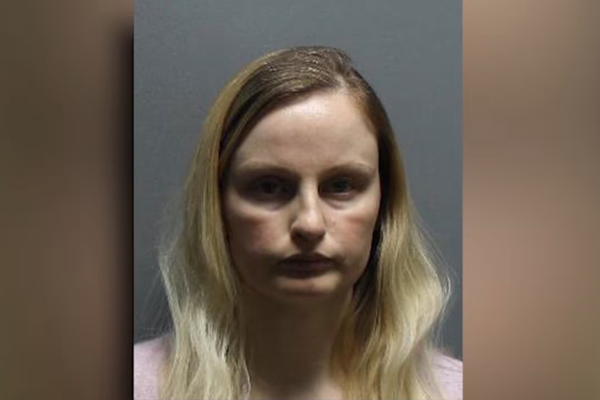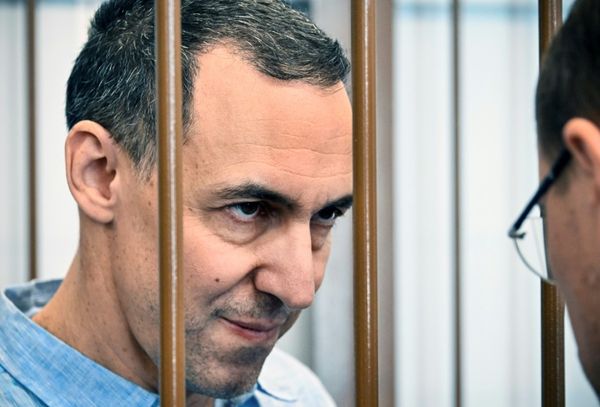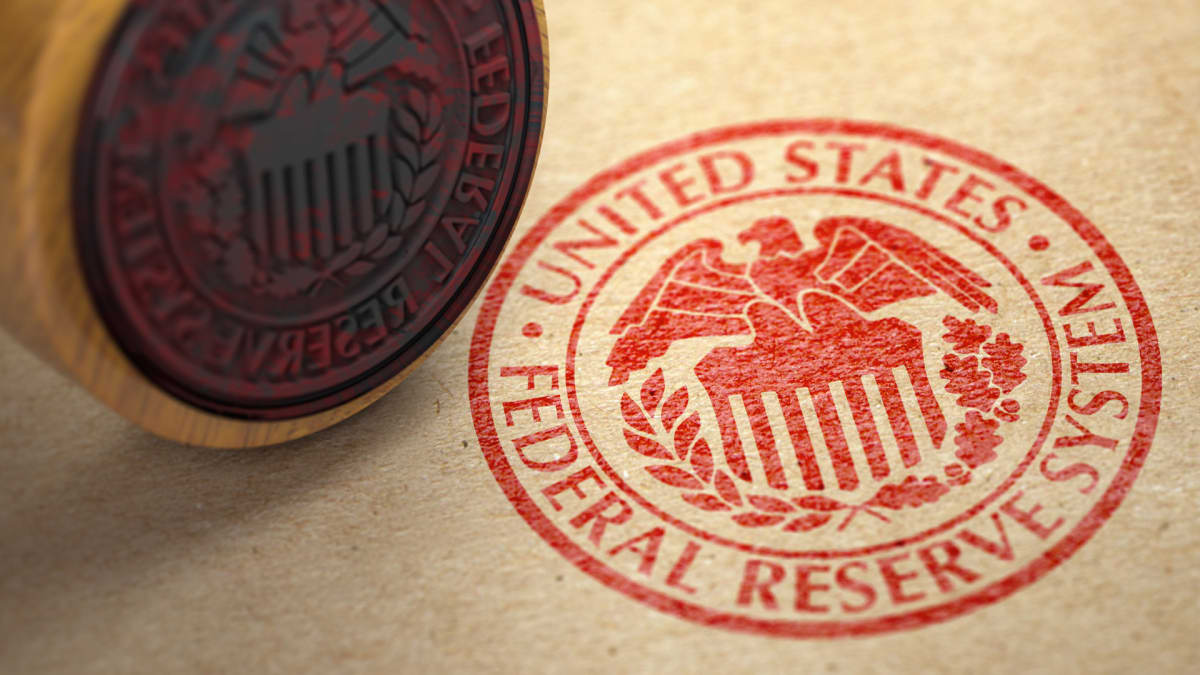
Inflation has raged over the past year and a half, jumping 7.7% in the 12 months through October.
The Federal Reserve responded by raising interest rates. The central bank started in March, though many argued that it waited way too long.
As of Dec. 9, the Fed has boosted the federal funds rate six times by a total of 3.75 percentage points, to a range of 3.75% to 4%.
The hope is to generate a soft landing – quelling inflation without sending the economy into recession. But many experts say a recession is inevitable.
Harvard economist Larry Summers, a former Treasury secretary, notes that every time in the past 65 years that inflation stood above 4% and unemployment stood below 5%, recession followed within two years. The unemployment rate totaled 3.7% in November.
Experts expect the Fed to lift rates another half percentage point on Dec. 14. And the consensus view is that the central bank will stop its rate increases in the first half of next year, having subdued inflation, with a terminal federal funds rate of 5% to 5.25%.
Need for Stronger Fed Action Is Seen
Some think the Fed will have to go further. Lindsey Piegza, chief economist at securities firm Stifel, says the Fed may have to push rates as high as 9%.
“The recent improvement in inflation pressures turning over from peak levels has seemingly … blinded many investors to the need for the Fed to aggressively continue along a pathway to higher rates,” she said.
The 7.7% year-on-year increase for consumer prices in October represents improvement from September’s 8.2% surge, Piegza says.
But “it is hardly anything to celebrate or a clear signal for the Fed to move to easier policy, with [the Fed’s 2% inflation target] still a distant accomplishment,” she said.
Some experts say that the economic slowdown triggered by the Fed rate hikes will force it to pivot to rate cuts next year to revive the economy.
But Goldman Sachs chief economist Jan Hatzius doesn’t see it that way.
“We expect a further slowdown in the [interest-rate] hiking pace to 25 basis points [0.25 percentage point] at the February meeting,” he said in a question-and-answer session with Goldman Sachs clients.
“Beyond February, we see two more 25-basis-point hikes in March and May.” That matches the consensus.
But after that he sees no Fed rate cuts until 2024, “as the economy remains more resilient than projected by most forecasters and market participants.”
Roubini Sees a Stagflationary Crisis
Nouriel Roubini, chief economist at Atlas Capital, says the Fed will take its foot off the monetary brake too quickly as the economy and financial markets weaken.
And that will trigger a crisis, says the man who predicted the 2007-2009 financial blowout, earning the nickname Dr. Doom.
“Once the inflation genie gets out of the bottle -- which is what will happen when central banks abandon the fight [i.e. interest-rate increases] in the face of the looming economic and financial crash -- nominal and real borrowing costs will surge,” he wrote on Project Syndicate.
"The mother of all stagflationary debt crises can be postponed, not avoided.”
Specifically, “there will be a hard landing -- a deep, protracted recession -- on top of a severe financial crisis,” Roubini said.
“As asset bubbles burst, debt-servicing ratios spike, and inflation-adjusted incomes fall across households, corporations, and governments, the economic crisis and the financial crash will feed on each other.”

